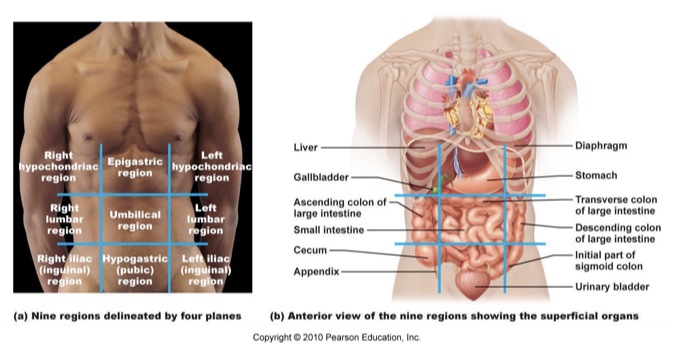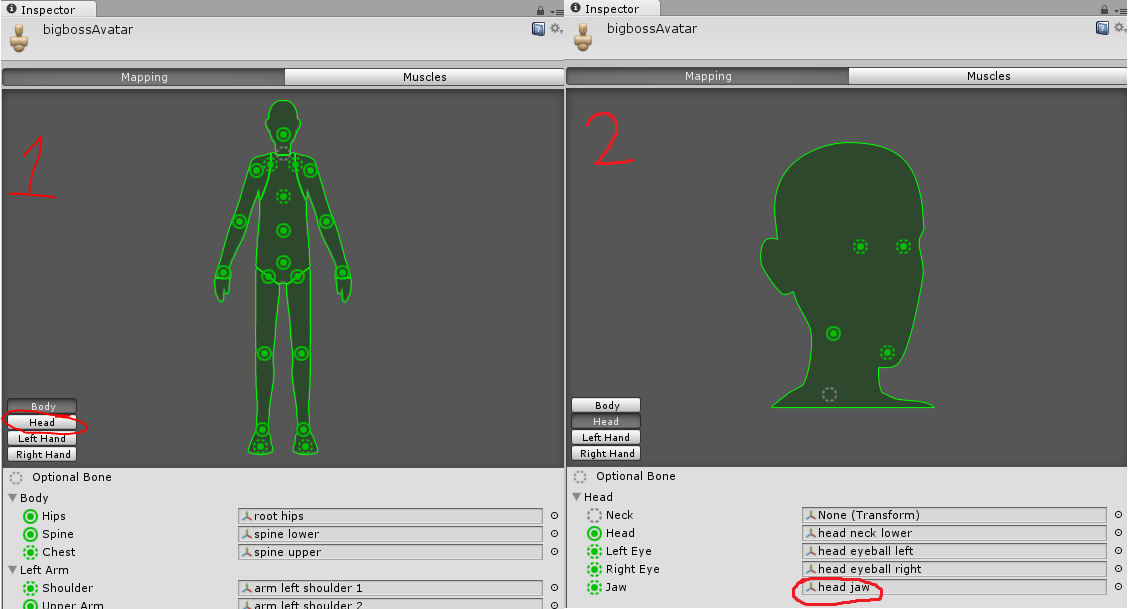

Ridges are linear elevations, margins or borders. Found inferior to the quadratus lumborum, for which it serves as the origin point, it is palpable along its entire length, and is thicker at the extremities than the center. They are of medium thickness and often found at sites where connective tissue connects muscle and bone. Example: acromial facet of clavicle.Ĭrests can be described as prominent, raised edges of a bone. The facet is a flat smooth area of the bone which serves as an articular surface. Found on the posterior surface, it consists of medial and lateral lips diverging at its superior and inferior ends. The linea aspera of femur is one example. The term linea refers to a subtle, long, and narrow impression which distinguishes itself in elevation, color or texture from surrounding tissues. The spine (or spinous process) is a sharp, slender projection of the bone which is useful for attachment of muscles or ligaments. On the femur there is a greater trochanter and a less prominent lesser trochanter. This landmark is present only in the femur and it refers to a very large, blunt, irregularly shaped process of the femur that serves as an attachment point for muscles and ligaments. Both tubercles and tuberosities are often found close to sites of tendon or ligament attachment.

A tuberosity is larger, found in varying shapes and often rough in texture. Tubercles and tuberosities are subtly different structures which are often confused.Ī tubercle is a small rounded prominence, often a site of tendon or ligament attachment e.g. Have you already learned the number of bones in the body and their names? Use these skeletal system diagrams and quizzes to learn fast and effectively. Simply remember that the diaphysis extends throughout the central length of the bone, with the metaphysis following after, leading to the epiphysis upon either end. Memorizing the prefix of each part of the bone will help you to avoid confusing them. The articular surface (can be more than one) is the area of the bone that comes in close proximity with the neighbouring bones.The body, or diaphysis (dia- meaning "through" or "throughout") refers to the central shaft running between the proximal and distal ends of the bone.The neck, or metaphysis (meta- meaning "after", or "subsequent to") is the widest part of a long bone.The head, or epiphysis (epi- meaning "upon") of a bone refers to the rounded portion found at either ends of the bone.Long bones are composed of four distinct parts: a head (epiphysis), a neck (metaphysis), a body (diaphysis), and an articular surface.

Understanding the basic composition and structure of a bone is important, as it provides a reference point when describing the location of bony landmarks.


 0 kommentar(er)
0 kommentar(er)
